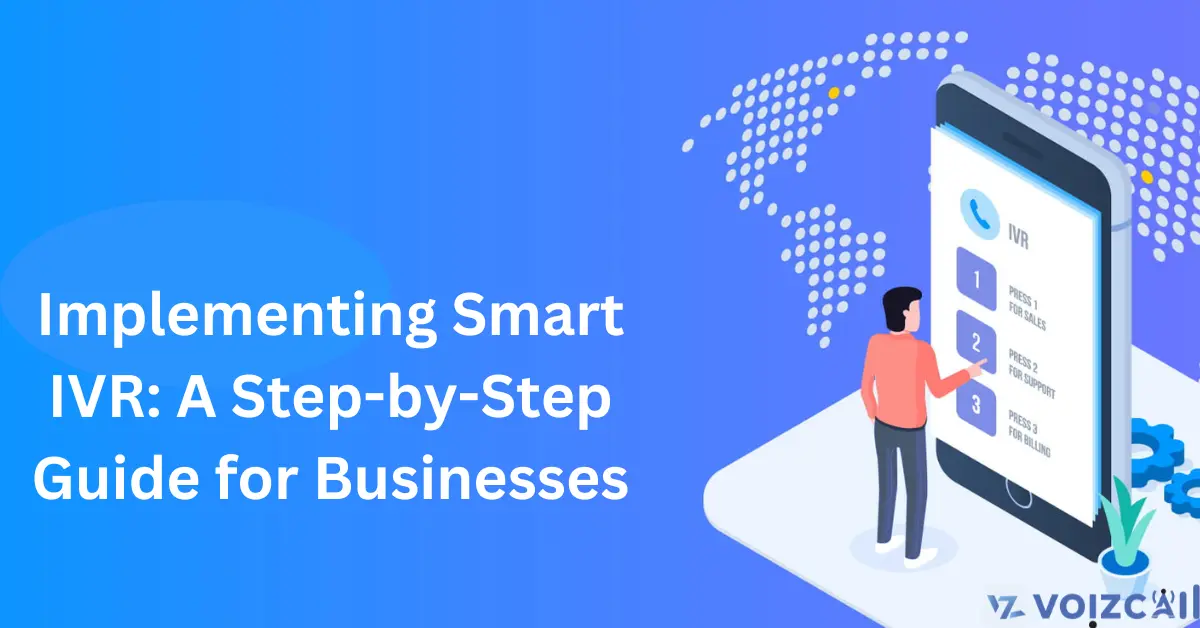


26/Feb/2024
Implementing Smart IVR (Interactive Voice Response) is a strategic move for businesses looking to enhance customer interactions and streamline communication processes. This step-by-step guide provides insights into a seamless implementation journey.
1. Needs Assessment: Begin by conducting a comprehensive assessment of your business needs. Identify areas where Smart IVR can add value, such as call routing, information retrieval, or transaction processing.
2. Define Objectives: Clearly outline the objectives you aim to achieve with Smart IVR. Whether it's improving customer service efficiency, reducing call waiting times, or enhancing self-service options, defining goals will guide the implementation process.
3. System Integration: Ensure seamless integration of Smart IVR with your existing telephony infrastructure and customer relationship management (CRM) systems. Compatibility is key to maximizing the benefits of Smart IVR.
4. Design Intuitive Prompts: Craft clear and concise voice prompts that guide callers efficiently. Prioritize user-friendly language and consider incorporating natural language processing for a more intuitive experience.
5. Personalization: Implement personalization features to enhance the customer experience. Use data from CRM systems to tailor interactions based on the caller's history, preferences, and previous interactions.
6. Testing and Optimization: Conduct rigorous testing before deploying Smart IVR. Evaluate its performance in various scenarios to identify and address any issues. Continuous optimization based on user feedback and analytics is essential for ongoing improvement.
7. Employee Training: Train your staff to understand and utilize Smart IVR effectively. This includes call center agents who may need to assist customers transitioning between self-service and live support.
8. Monitor and Analyze: Implement robust monitoring tools to track the performance of Smart IVR in real-time. Analyze data and gather insights to make informed decisions for further enhancements.
9. Customer Feedback: Actively seek feedback from customers about their experiences with Smart IVR. Use this input to make adjustments, ensuring that the system aligns with customer expectations and preferences.
10. Continuous Improvement: Smart IVR implementation is an iterative process. Regularly assess its effectiveness, identify areas for improvement, and stay attuned to evolving customer needs to ensure continuous enhancement.
By following this step-by-step guide, businesses can unlock the full potential of Smart IVR, optimizing customer interactions and streamlining communication processes for improved efficiency and satisfaction.